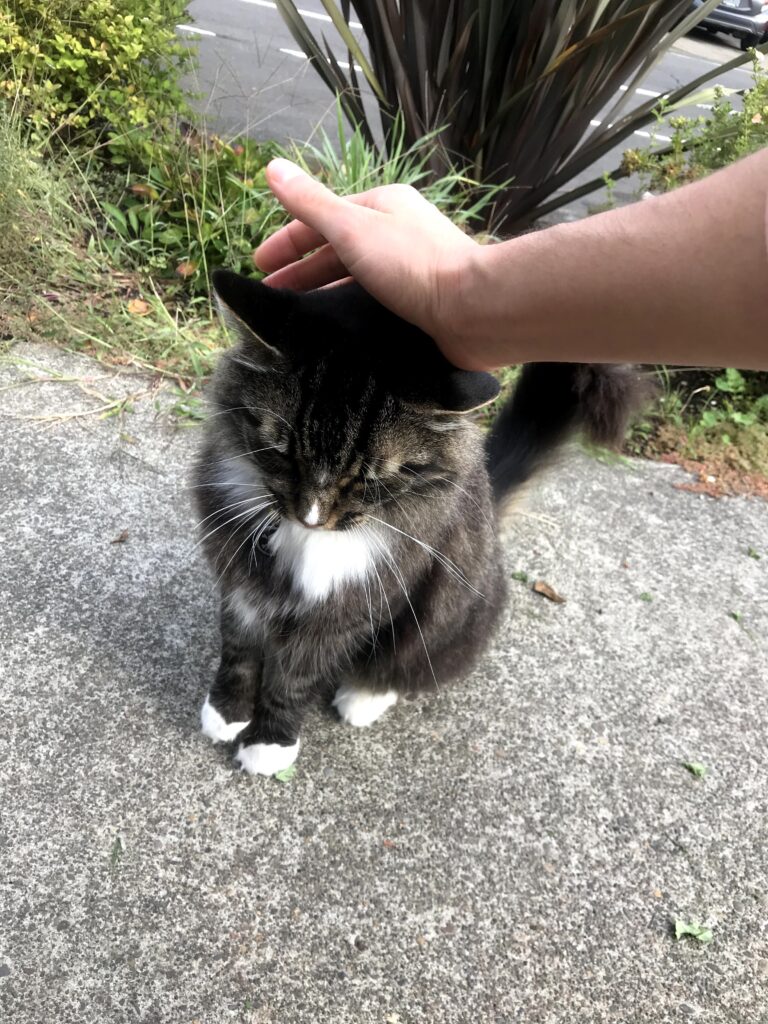Here is a video I made about a recently published research article.
The article is titled Peace and development indicators in Liberia youth through sport for development programming.
It was published in 2020 by researchers at Ball State University and Claremont Graduate University.
The purpose of the study was to explore if and how aspects of positive youth development (specifically social responsibility, personal relationships, peace, and purpose) were cultivated through the sport and character activities of a sport-for-development program, called Life and Change Experienced Through Sport (LACES).
LACES is a 40-week sport-for-development program, established for marginalized youth of Liberia in 2007. LACES uses mentor-based soccer and kickball leagues to teach children life skills.
The goal of LACES is to develop positive role models and leaders with a sense of purpose and direction. LACES hopes to serve as a buffer against recruitment into negative groups. A long-term goal of LACES is to ultimately help safeguard Liberia from another civil war.
The program includes 32 weeks of full programming and 8 weeks of modified programming. Full programming entails designated coaches working with teams and holding two practices and one game per week. LACES staff visit the youth monthly. Meals are served at each practice and game. At practices, coaches teach life lessons based on the LACES curriculum, as well as sport skill development.
The study did not have a research hypothesis, but was instead guided by three research questions, which are listed below:
- Can participation in a sport-for-development program increase social responsibility, close personal relationships, peace, and purpose among Liberian youth?
- How did participation in a sport-for-development program cultivate these important indicators of positive youth development?
- What experiences, relationships, and conditions cultivated and stymied healthy development among Liberian youth?
Mixed-methods data collection allowed the researchers to triangulate data obtained from surveys, interviews, and photovoice data.
The researchers found that LACES did indeed contribute to small decreases in attitudes toward violence and increases social responsibility, purpose, and relationship with coaches.
Sport, in combination with character-development components, was meaningful for positive youth development.
Original Research Citation:
Blom, L. C., Bronk, K. C., Sullivan, M., McConchie, J., Ballesteros, J., & Farello, A. (2020). Peace and development indicators in Liberia youth through sport for development programming. Peace and Conflict: Journal of Peace Psychology. Advance online publication. https://doi.org/10.1037/pac0000463



















